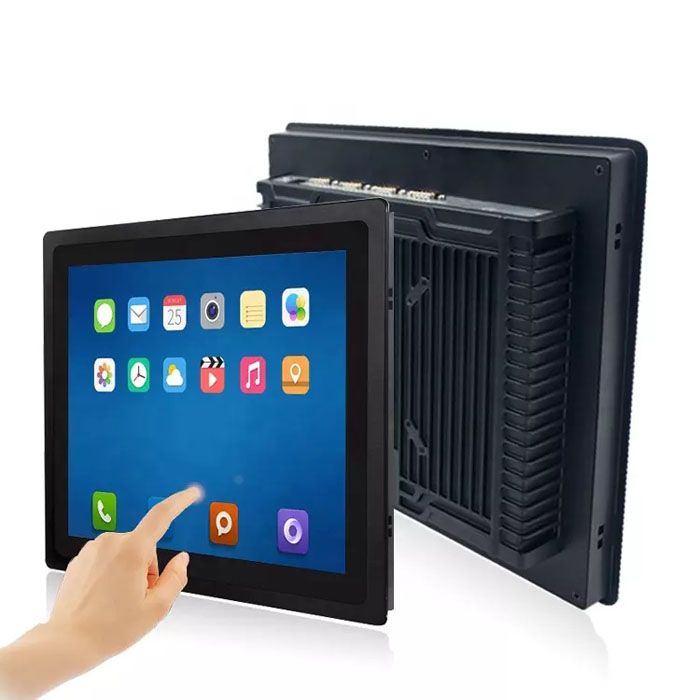Industrial-grade touch display is one of the key technologies widely used in industrial environments. Compared with consumer-grade touch screens, industrial-grade touch displays need to have higher durability, stability and reliability to meet the needs of complex industrial applications.
- Durability and reliability
Industrial environments often have challenges such as high mechanical vibration, temperature fluctuations and dust. Therefore, industrial-grade touch displays should have excellent durability and reliability and be able to operate stably for a long time under harsh conditions.
- High and low temperature adaptability
The temperature range in industrial scenarios can be extreme, from cold storage to high-temperature factories. Therefore, the touch display should have a wide range of temperature adaptability to ensure normal operation under various environmental conditions. - Dustproof and waterproof capabilities
In environments such as factories and workshops, dust and moisture are common. Industrial-grade touch displays should be designed to be dust-proof and waterproof to ensure long-term stable operation of the equipment and reduce maintenance requirements. - Resistance to chemical corrosion
Some industrial environments may contain chemicals, such as acids and alkalis, which may cause damage to equipment. Industrial-grade touch displays should be resistant to chemical corrosion to maintain stable performance. - Resistance to shock and vibration
In industrial locations, equipment may be affected by mechanical shock or vibration. Industrial-grade touch screens should have sufficient resistance to shock and vibration to ensure that the equipment is not damaged during operation. - High brightness and contrast
Strong lighting conditions may exist in industrial environments, so touch displays should have high brightness and contrast to ensure that information is clearly visible under various lighting conditions. - Touch technology selection
Different industrial applications may require different types of touch technology, such as resistive touch, capacitive touch, or infrared touch. Choosing the right touch technology depends on specific application requirements, such as whether gloves or tools are required. - Multi-touch support
Some industrial scenarios may require multi-touch functionality to improve operating efficiency. Industrial-grade touch displays should support multi-touch to ensure that users can perform complex operations - Customizability and flexibility
Since different industrial applications have different needs, industrial-grade touch displays should have a certain degree of customizability and flexibility to meet the requirements of specific application scenarios. - Long life and maintainability
The design of industrial-grade touch display screens should take into account long-term use, with long life and easy maintenance. This helps reduce equipment replacement and maintenance costs.
When choosing an industrial-grade touch display, comprehensive consideration of the above features will help ensure that the equipment operates reliably under various harsh conditions and improve industrial production efficiency.

